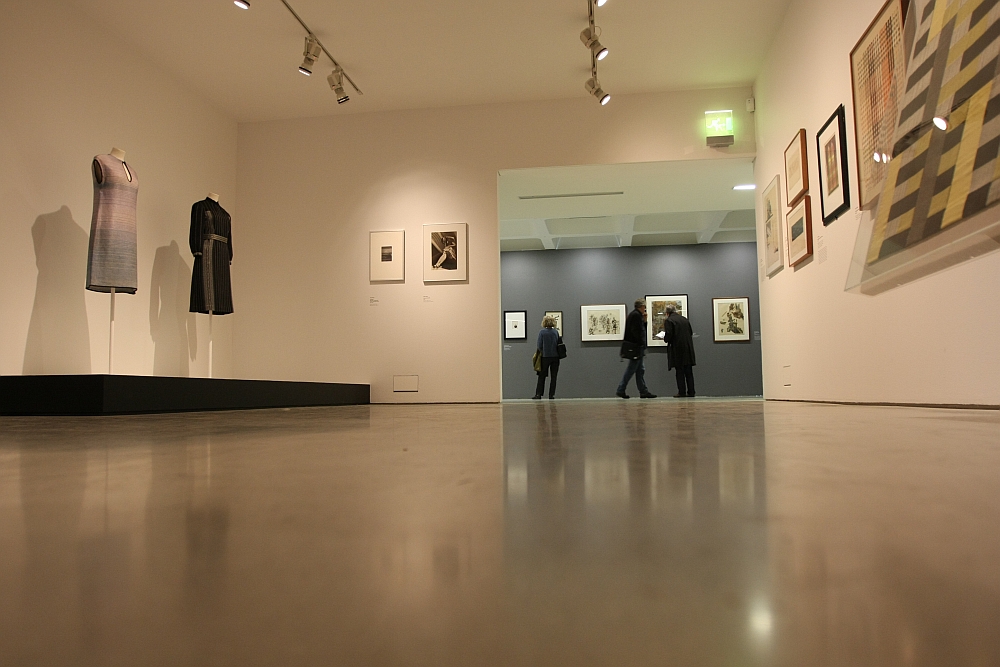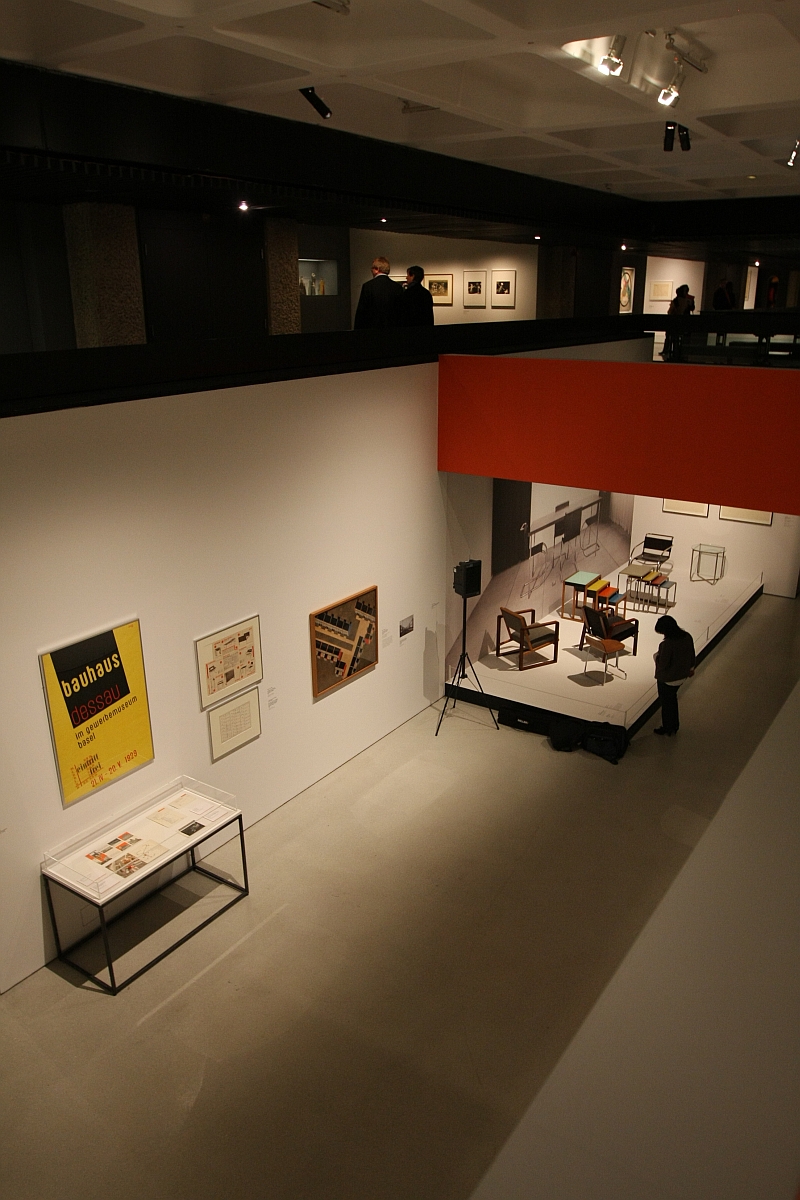Bauhaus: Art as Life – Interview with Curator Lydia Yee
To round off our coverage of the exhibition Bauhaus: Art as Life at the Barbican Art Gallery London we decided to finish where all such exhibitions begin. With the curator.
It seems fair.
Specifically we spoke with Lydia Yee who, together with Catherine Ince, was responsible for organising the exhibition.
With the first conceptual seeds having been sown in 2009, the pair can look back not only on an awful lot of work, but for all on a concentrated, and very exclusive, study of Bauhaus and the Bauhäusler.
And so in addition to asking how one goes about curating such a show and what she hopes the visitors take with them, we also wanted to know what Lydia Yee herself has learned from the whole experience.
(smow)blog: Where does one start when curating a Bauhaus exhibition; did you have an aim, did you want to tell a particular story?
Lydia Yee: We wanted to tell the story of Bauhaus not just chronologically but much more to look at key themes in the school’s history: for example, profiling some of the major figures, looking at the way the educational structure was organised or the relationship between students and masters. The challenge was then to weave these elements together in a coherent way that people could understand.
(smow)blog: Which means you had your plan and then tried to secure those objects that fitted that story, or…..
Lydia Yee: It was a bit off both. At the start we made our wish list and then while we waited to see which pieces we’d get and which loans were going to be possible we started organising the exhibition. And then out of the blue we got access to some new, exciting groups of pieces that tell a particular story and then became sort of sub-themes in the exhibition.
(smow)blog: And so over the the three years did the exhibition change?
Lydia Yee: Nothing changed radically, however, for example, we wanted to look at the social side of Bauhaus and ended up being able to divide it into two sections: one that looks at the people, gifts and relationships and then a smaller section looking at the Bauhaus festivities and parties, events which were a very important aspect of the school from the early days. Walter Gropius wanted to have good relations between everyone at the school and he was the one who said they should be having festivities, lectures, play and readings so that everyone can learn and enjoy together.
(smow)blog: And have you yourself learned from the exhibition preparation?
Lydia Yee: Yes, a tremendous amount. And I’ve also been surprised many times over. Especially interesting for me was seeing some of the works that probably weren’t intended to be preserved forever, so some of the smaller, personal items. Marianne Brandt, for example, made some beautiful collages that she never showed during that time and so I’ve learned tremendously from such things.
(smow)blog: You’re job is in effect done. What do you hope the visitors take with them?
Lydia Yee: I hope that they leave with a new view of the Bauhaus, and for all understand that it was a much more open structure than many people realise. I think our views on the Modernist period and Bauhaus in particular have become quite rigid and so I think visitors will be pleasantly surprised that it was a much more complex, dynamic place than most imagine it to have been.
Bauhaus: Art as Life runs until August 12th at the Barbican Art Gallery London, and as before is well worth taking the time to view if you are in London.
Tagged with: Barbican, Bauhaus

